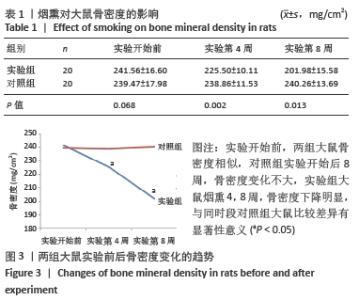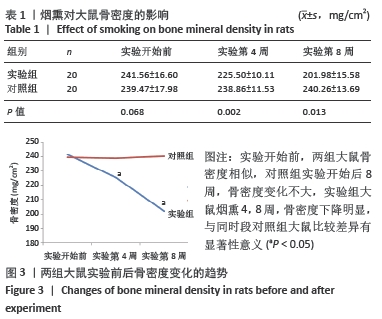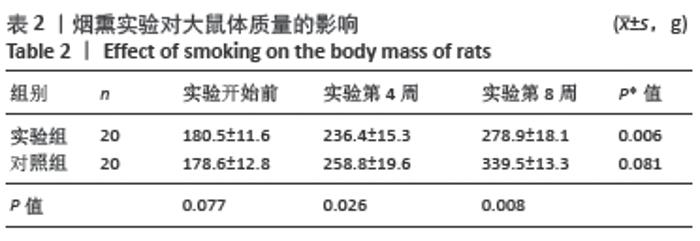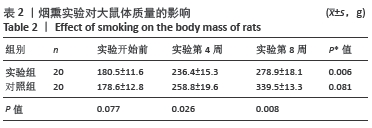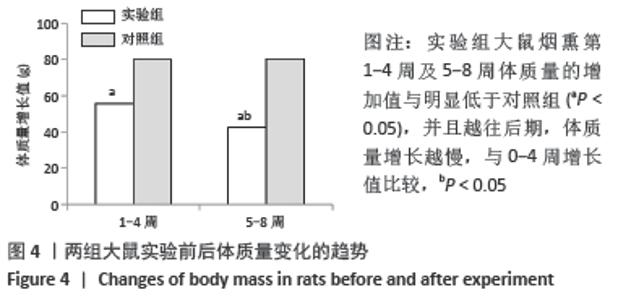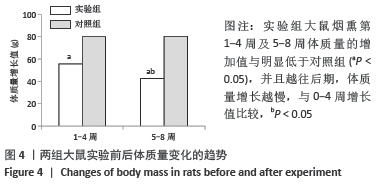[1] GUIGLIA R, DI FEDE O, LO RUSSO L, et al. Osteoporosis, jawbones and periodontal disease. Medicina Oral Patologia Oral Y Cirugia Bucal. 2013; 18(1):e93-99.
[2] TERZI R, YILMAZ Z. Bone mineral density and changes in bone metabolism in patients with obstructive sleep apnea syndrome. J Bone Miner Metab. 2016;34(4):475-481.
[3] CHEN DD, HUANG JF, LIN QC, et al. Relationship between serum adiponectin and bone mineral density in male patients with obstructive sleep apnea syndrome. Sleep Breath. 2017;21(2):557-564.
[4] YÜCEEGE M, DÜLGEROĞLU DE, FIRAT H, et al. Can sleep apnea be a secondary cause of osteoporosis in young people? Sleep Biol Rhythms. 2015;13(2):189-194.
[5] 中华医学会骨质疏松和骨矿盐疾病分会.原发性骨质疏松症诊疗指南(2017)[J].中华骨质疏松和骨矿盐疾病杂志,2017,20(5):413-443.
[6] CHEN Y, WAN JX, JIANG DW, et al. Efficacy of calcitriol intreating glucocorticoidinduced osteoporosis in patientswith nephrotic syndrome:an open label,randomizedcontrolled study. Clin Nephrol. 2015;84(5):262-269.
[7] MA CC, XU SQ ,GONG X, et al.Prevalence and risk factorsassociated with glucocorticoid induced osteoporosis inChinese patients with rheumatoid arthritis. Arch Osteoporos. 2017;12(1):33-35.
[8] SAAG KG, PANNACCIULLI N, GEUSENS P, et al. Denosumabversus risedronate in glucocorticoid inducedosteoporosis: final results of a twenty four monthrandomized, double blind, double dummy trial. Arthritis Rheumatol. 2019;71(7):1174-1184.
[9] ABRAHAM DS, BARR E, OSTIR GV, et al. Residual disability, mortality,and nursing home placementafter hip fracture over 2 decades. Arch Phys Med Rehab. 2019;100(5):874-882.
[10] AL BASHAIREH AM, HADDAD LG, WEAVER M, et al. The effectof tobacco smoking on bone mass:an overview ofpathophysiologic mechanisms. J Osteoporos. 2018;2018:1206235.
[11] HENNEICKE H, GASPARINI SJ, BRENNAN-SPERANZA TC, et al. Glucocorticoids and bone:Local effects and systemic implications. Trends Endocrinol Metab. 2014;25(4):197-211.
[12] SFORZA E, THOMAS T, BARTHELEMY JC, et al. Obstructive sleep apnea is associated with preserved bone mineral density in healthy elderly subjects. Sleep. 2013;36(10):1509-1515.
[13] COURT BROWN CM, CLEMENT ND, DUCKWORTH AD, et al. Thechanging epidemiology of fall related fractures in adults. Injury. 2017;48(4): 819-824.
[14] TOKGÖZ MA, ATIK OŞ, ESENDAĞLI G, et al. Is it possible that the pathogenesis of osteoarthritis could start with subchondral trabecular bone loss like osteoporosis? Eklem Hastalik Cerrahisi. 2018;29(3):152-158.
[15] YOON C, CHANG MJ, CHANG CB, et al. Bone Mineral Density Around the Knee Joint: Correlation With Central Bone Mineral Density and Associated Factors. J Clin Densitom. 2020;23:82-91.
[16] THOMAS S, BROWNE H, MOBASHERI A, et al. What is the evidence for a role for diet and nutrition in osteoarthritis? Rheumatology(Oxford). 2018;57: 61-74.
[17] ZHANG H, SU W, YING Z, et aI.N-acetylcysteine attenuates intrauterine growth retardation-induced hepatic damage in suckling piglets by improving glutathione synthesis and cellular homeostasis. Eur J Nutr. 2018;57(1): 327-338.
[18] UKOWSKI P, MAClEJCZYK M, MATCZUK J, et al.Effecl of N-Acetylcysteine On Antioxidant Defense Oxidative Modification and SaIivarv GIand Function in a Rat ModeI of Insulin Resistance. Oxid Med Cell Longev. 2018;2018: 6581970.
[19] MORSCH ALBC, WISNlEWSKI E, LUClANO TF, et al. Cigarette smokeexposure induces ROS-mediated autophagy by regulating sestrin,AMPK,and mTOR level in mice. Redox Rep. 2019;24(1):27-33.
[20] CHO J, LEE CH, HWANG SS, et al. Risk of acute exacerbations in chronic obstructive pulmonary disease associated with biomass smoke compared with tobacco smoke. BMC Pulm Med. 2019;19(1):68.
|
